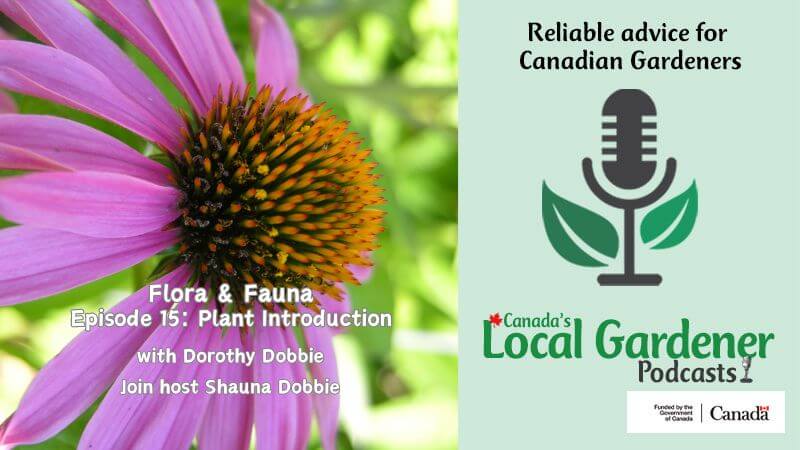What Makes Leaves Turn Colour?
In recent days, the leaves have been turning a rich bright gold with flashes of crimson colour here and there. Autumn is upon us and the trees are getting ready for their long sleep by ending the season with a magnificent show of colour.
The magic brush that paints the woods so brilliantly at this time of year is a complex chemical change. In its simplest terms, the leaves turn colour because they are losing their chlorophyll, which begins to break down as the days grow shorter and the nights cooler. This allows the yellow (xanthophyl), red (anthocyanin)
and orange (carotene) pigments that were there all along to suddenly become visible.
Cool, frost-free nights and warm sunny days produce the best fall colour. Early fall rains also help. Trees that are in the sun will give a better show that those in the shade. Dry weather produces more colour than wet weather because drought promotes the production of anthocyanin, the red pigment.
The whole process of leaves turning colour is triggered by light or the lack of it. As the days grow shorter, and the nights longer, the production of an ethylene or an abscission hormone is triggered. This builds a scar tissue of cells at the base of the leaf stem that eventually severs the leaf from the tree.
When leaves fall to the ground, they are returning many of the nutrients to the root zone that they borrowed for leaf production. Leaves are high in minerals such as calcium and potassium and leaf mould can be used as a good soil conditioner, adding texture and tilth to the soil.
It takes one to two years for leaves to decay and fully break down, but you can speed up the process by shredding your leaves with a lawn mower and collecting them in plastic garbage bags. Add a little water and some bone meal to help speed up decomposition and leave over the winter. In spring, add the results to your garden soil.




